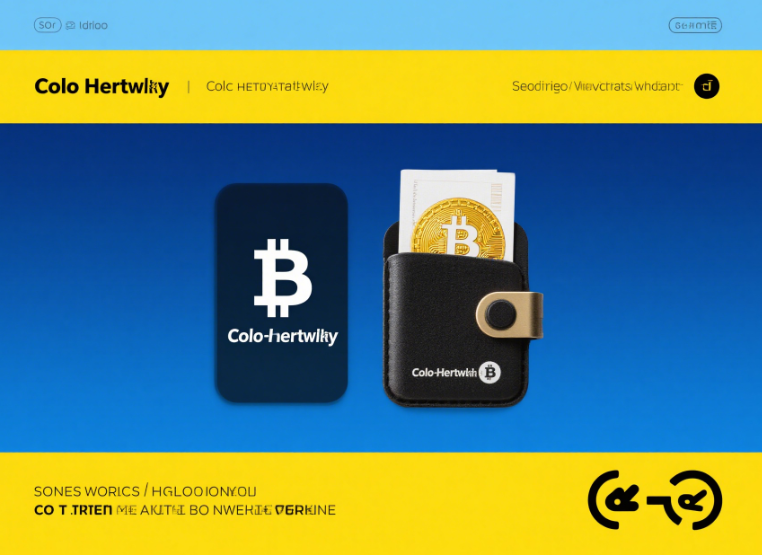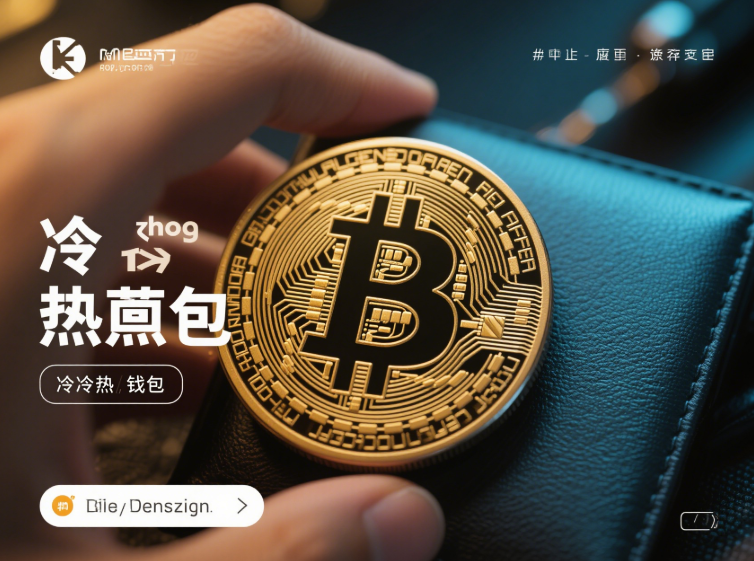In the rapidly evolving landscape of cryptocurrency, where digital assets are proliferating and the market is increasingly complex, investors are becoming more aware of asset security. Exchanges, as the primary platforms for registered users to buy and sell cryptocurrencies, bear the critical responsibility of safeguarding user assets. To this end, many exchanges adopt various security mechanisms, among which the "hot and cold wallet isolation" mechanism stands out as an effective protective measure. This mechanism significantly reduces the risk of hacking while improving the security of users' assets. But how does the "hot and cold wallet isolation" mechanism work? Let us delve into its principles, advantages, and how investors can better protect their digital assets through understanding this mechanism.
What Are Hot and Cold Wallets?
Before discussing the "hot and cold wallet isolation" mechanism, we need to understand what hot and cold wallets are. Wallets, in this context, refer to tools used to store cryptocurrencies, divided into hot wallets and cold wallets:
Hot Wallets
Hot wallets are digital wallets that are connected to the internet, such as mobile apps, desktop wallets, and wallets used by exchanges. The primary advantage of hot wallets is their convenience; users can easily conduct transactions and transfers. However, because they are always online, they are more susceptible to hacking and security vulnerabilities.
Cold Wallets
Cold wallets, on the other hand, are storage methods that are entirely disconnected from the internet, typically including hardware wallets and paper wallets. Cold wallets tend to be more secure, making them suitable for long-term storage of large amounts of assets. However, their downside is that they are less convenient for transactions, requiring users to transfer assets to a hot wallet for trading.
The Working Principle of Hot and Cold Wallet Isolation
After understanding hot and cold wallets, let’s take a closer look at the specific working principles of the "hot and cold wallet isolation" mechanism. The core idea behind this isolation is to divide users' assets within an exchange into two parts: one portion is stored in a hot wallet for daily trading needs, while the other portion is kept securely in a cold wallet.

Specific Implementation of the Isolation Mechanism
Fund Segregation: When users deposit assets, the exchange automatically allocates part of the cryptocurrency to the hot wallet for quick transactions, while another portion is transferred to the cold wallet for safekeeping. This design effectively reduces the total amount of funds in the hot wallet, minimizing potential losses even in the event of a security incident.
Regular Transfers: The exchange periodically moves excess assets from the hot wallet to the cold wallet to maintain reasonable levels of liquidity in the hot wallet. This process itself requires enhanced security measures to prevent theft during the transfer.
Access Control: Exchanges implement strict access control mechanisms to ensure that only authorized personnel can interact with and manage the cold wallet. This further lowers risks by preventing malicious actions or mistakes by internal staff.
Advantages of Hot and Cold Wallet Isolation
By using the hot and cold wallet isolation mechanism, exchanges can enhance the security of user assets in several ways.
1. Risk Reduction
The isolation of hot and cold wallets ensures that most assets are kept in cold wallets, reducing the risks associated with the hot wallet. If hackers attack the exchange, the primary target would be the hot wallet, leaving the assets stored in the cold wallet secure.
2. Agile Transaction Processing
The availability of hot wallets enables exchanges to respond quickly to market changes and meet users' immediate trading needs. This is especially important for investors who trade frequently. In contrast, transactions from cold wallets generally take longer to process, making it advantageous to hold necessary trading assets in hot wallets.
3. Effective Defense Strategy
When combined with other security measures such as multi-signature (Multi-Signature) and two-factor authentication (2FA), hot and cold wallet isolation provides a more comprehensive asset protection strategy for exchanges. Even if attackers breach hot wallet defenses, they cannot easily access the cold wallet.

How Investors Can Safeguard Their Digital Assets
After understanding the hot and cold wallet isolation mechanism, how can investors use this knowledge to better protect their digital assets?
1. Choose a Secure and Reliable Exchange
For those trading regularly, selecting a trustworthy exchange is crucial. Opt for exchanges that implement hot and cold wallet isolation, as this significantly enhances asset security. Additionally, consider reviewing whether the exchange has a good security track record and user reviews.
2. Strengthen Personal Account Security
No matter how secure the exchange's measures are, individual users should also take proactive steps for their protection. Enable two-factor authentication, regularly change passwords, and avoid using the same password across multiple platforms. For long-term holdings, it’s recommended to use cold wallets for storage.

3. Stay Updated on Exchange Security Announcements
Keep an eye on the security developments and announcements from the exchanges you use. If you encounter any suspected vulnerabilities, take action promptly, such as considering moving your assets to safer alternatives. If the exchange issues warnings, users should respond quickly.
4. Regularly Review Asset Status
Periodically check and evaluate your held assets to confirm their security and liquidity. If anomalies or suspicious activities are identified, take prompt action, such as relocating funds to a more secure environment.
Conclusion
In the cryptocurrency landscape, asset security remains a critical concern for investors. The "hot and cold wallet isolation" mechanism offers exchanges an effective way to protect users' assets; at the same time, as users, we also bear the responsibility of safeguarding our assets. Choosing secure exchanges, enhancing personal account security, staying updated on market dynamics, and regularly reviewing asset statuses are essential practices for ensuring the safety of our digital assets. We hope this article aids more investors in understanding the operational principles of hot and cold wallet isolation, enabling them to safeguard their wealth in the complex digital asset market more effectively.
















No comments yet